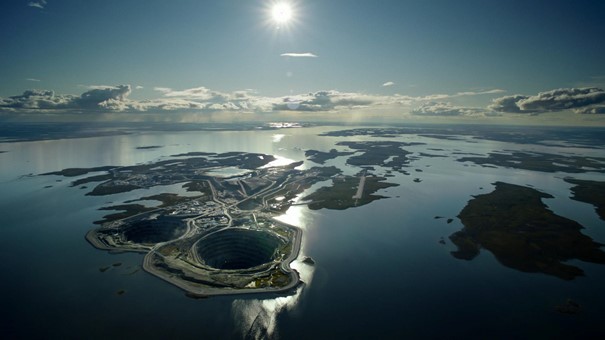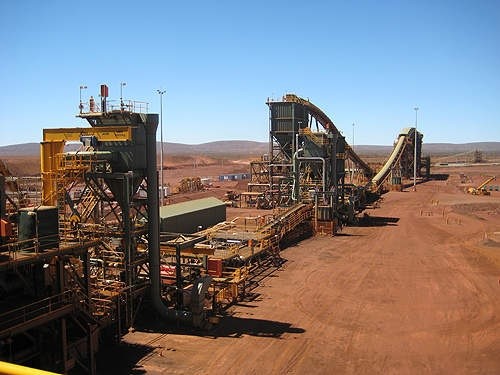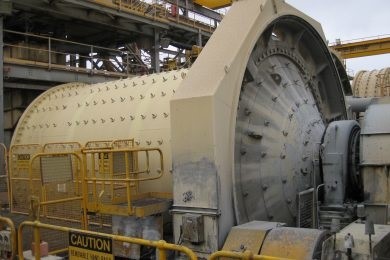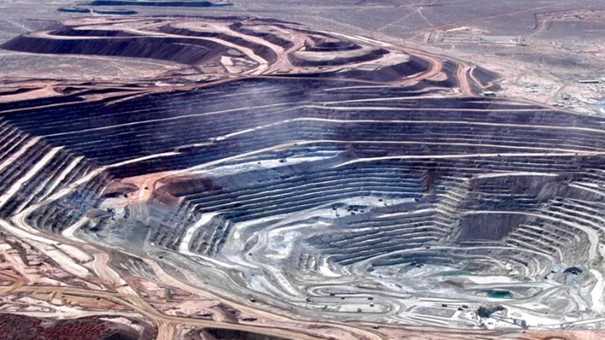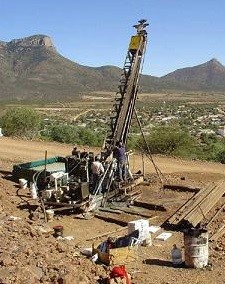Nickel
Nickel is a naturally occurring, lustrous, silvery-white metallic element. It is the fifth most common element on earth and occurs extensively in the earth's crust. However, most of the nickel is inaccessible as it is located in the core of the earth. Reflecting these characteristics, nickel is widely used in over 300,000 products for consumer, industrial, military, transport, aerospace, marine and architectural applications. The biggest use is in alloying - particularly with chromium and other metals to produce stainless and heat-resisting steels. These are used for pots and pans, kitchen sinks etc, as well in buildings, food processing equipment, medical equipment and chemical plants. About 65% of the nickel which is produced is used to manufacture stainless steels. Therefore demand for it is closely linked to stainless steel production which is often an indicator of growth of economies. .
Another 20% is used in other steel and non-ferrous alloys - often for highly specialized industrial, aerospace and military applications. About 9% is used in plating and 6% in other uses, including coins, electronics, and in batteries for portable equipment and hybrid cars. In many of these applications there is no substitute for nickel without reducing performance or increasing cost.
Nickel occurs in nature principally as oxides, sulphides and silicates. Ores of nickel are mined in over 23 countries and are smelted or refined in 25 countries. Most important are Russia, Canada, New Caledonia, Australia, Indonesia, Cuba, China, South Africa, Dominican Republic, Botswana, Columbia, Greece and Brazil. Important nickel refineries also operate in Norway, Finland, France, Japan and the United Kingdom. Primary nickel is produced and used in the form of ferro-nickel, nickel oxides and other chemicals, and as more or less pure nickel metal. Nickel is also readily recycled from many of its applications, and large tonnages of secondary or "scrap" nickel are used to supplement newly mined metal.
Only about 1.4 million tonnes of new or primary nickel are produced and used annually in the world, compared with over 10 million tonnes of copper and nearly 800 million tonnes of steel. An estimated 0.35 million tonnes of scrap nickel is recycled every year.
Supply and demand
With Indonesia flooding the markets with cheaper Class II nickel at the moment, that can be easily converted into Class I by smelters in Indonesia (developed by Chinese capital) and China, prices for nickel are low and are forecasted to be low. Non-Chinese nickel mines are closing at the moment as they are losing too much money, and this only reinforces a shift to an Indonesian-China controlled market. It is forecast that in a few years, Indonesian mine production could go from 50% to 75%. In my view China is working very hard to gain control over the nickel market, as it views nickel as a very strategic metal. As a consequence, the only non-Asian controlled projects with excellent grades (>1.5% Ni) and economics will likely endure/get developed in the coming years.

